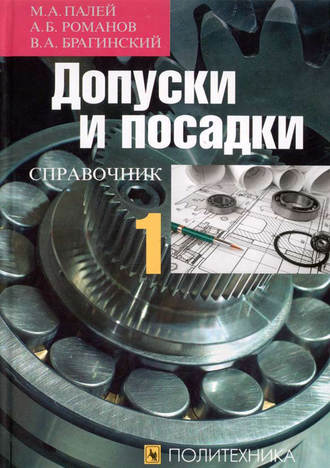Dopuski Posadki Spravochnik Onlajn
File formats: ePub, PDF, Kindle, Audiobook Status: AVAILABLE Last checked: 29 Minutes ago • Unlimited Books, Magazines, & Comics wherever you are. • More than 10 million titles spanning every genre imaginable. • Get the best Books, Magazines & Comics in every genre including Action, Adventure, Anime, Manga, Children & Family, Classics, Comedies, Reference, Manuals, Drama, Foreign, Horror, Music, Romance, Sci-Fi, Fantasy, Sports and many more. • New titles added every day! We like to keep things fresh.
Dopuski i posadki. V 2-h chastyah (Russian) Hardcover – 2009. Be the first to review this item. See all formats and editions Hide other formats and editions. Amazon Price New from Used from Hardcover, 2009 'Please retry' —. 0.64 -oblasti-spravochnik-putevoditel-museums.pdf 2019-02-01T02:02:55+02:00.
• All platforms. Fully Optimized.

(in machine building), the interval within which a numerical characteristic of a parameter is permitted to deviate from its nominal (rated) value. Tolerances are set for the geometric parameters of machine elements and machinery parts (linear and angular dimensions and the shape and positioning of surfaces) and for mechanical, physical, chemical, and other parameters (for example, electric resistance, hardness, and percentage of chemical elements in materials).
Tolerances are indicated in the standards and technical specifications or on the drawings for manufactured objects in the form of two limit sizes (maximum and minimum), between which lies the actual size—that is, the size determined by measurement (Figure 1). Instead of limit sizes, technical specifications usually indicate the nominal size, which is obtained from structural design (strength and rigidity) calculations, taking into account the functional purpose of the product, and two limit deviations (upper and lower), which are equal to the algebraic difference of the maximum or minimum limit sizes and the nominal size, respectively. Thus, in the narrow sense of the word, tolerance is the difference between the maximum and minimum limit sizes or between the upper and lower deviations. For example, if the surface hardness of an element is given as 62-64 HRC, then the hardness tolerance is 2 HRC; if the size of an element is given as 60 -0.1 -0.1 mm, then the size tolerance is 0.2 mm.
Any parameter value that lies within the given interval is permissible. The concept of tolerance is most widely used in the machine-building industry, where tolerances are established to ensure the necessary product quality and the interchangeability of machine parts or entire units. Tolerance defines the lev^l of precision required in the manufacture of parts.
The choice of the method of working, the equipment, the monitoring systems, and ultimately, the production cost, depend on the tolerances. In practice there is no attempt to produce ideal parts, since it is not possible under industrial conditions and monitoring methods and is not required for proper machine performance. In addition to production tolerances, tolerances are also set for the change in the characteristics of products under operating conditions.
